The lemon basil (Ocimum basilicum citriodorum), is a variety of basil that is characterized by its fresh and citric aroma, which is reminiscent of that of lemon. It is native to India and Thailand, but was later spread and cultivated all over the world thanks to its aromatic properties and culinary qualities.
This basil is in fact very versatile in the kitchen and is often used to flavor fish-based dishes, salads, sauces and drinks. Also, the lemon basil it also has some medicinal properties, such as anti-inflammatory and antioxidant properties, and is used in phytotherapy to treat certain ailments.
Lemon basil is easy to grow in the garden or in pots, just follow the simple tricks that we explain in this article.
How is the Ocimum basilicum citriodorum plant made?
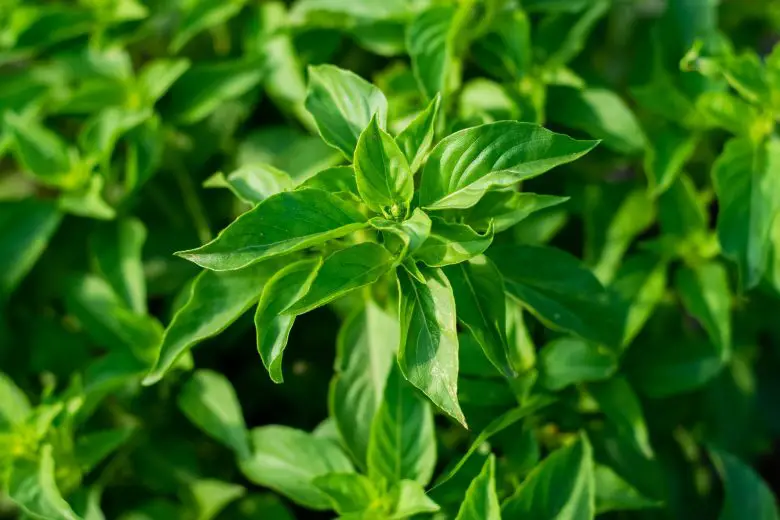
The lemon basil plant has an upright habit and can reach a height of about 30-60 centimeters. It emits numerous tubular green stems which have numerous lateral ramifications.
In the shape and size of the leaves, we find the main difference between Ocimum basilicum citriodorum and the classic common basil (Ocimum basilicum). The leaves of the former are light green in color and have an oval or lanceolate shape, with serrated edges, and are also narrower and smaller than those of the common basil. Finally, they have a slightly rough or pubescent texture on the upper page.
Of course, lemon basil leaves emit a strong lemon scent when crushed or rubbed, thanks to the presence of essential oilwhich gives the plant its characteristic aroma.
The plant also produces small white or light pink flowers, grouped in terminal spikes placed at the apex of the stems. The flowering is very delicate and with a pleasant scent.
Where is the best location for lemon basil?
Lemon basil plants require good sunlight exposure and warm temperatures to grow vigorously. Therefore it is important to place the seedlings in a bright, warm, sheltered place, but with good air circulation. Temperatures that are too cold and totally in the shade or total exposure to the sun in the summer months are to be avoided.
What is the ideal soil for growing lemon basil, both in the ground and in pots?
In general, lemon basil grows best in well-drained soils, with a good supply of organic matter and with a pH between 6.0 and 7.5. The ideal soil should be fertile, light and porous, in order to allow good air circulation around the roots and adequate water drainage.
For cultivation in open ground, the soil should be prepared by adding organic matter such as compost or mature manure, in order to increase fertility and improve soil structure. In general, it’s important to avoid clay and heavy soils, which can hold excess water and lead to soil compaction.
For cultivation in pots, we recommend using a substrate mix consisting of garden soil added with perlite, which ensures good drainage and good aeration of the roots. The pots should be deep enough (at least 20-25cm).
When do you sow lemon basil to get seedlings?
Lemon basil can be sown indoors or in a balcony greenhouse in small pots or in seedbed in early spring, to then be transplanted outdoors when night temperatures reach at least 10-12 °C.
The seeds should be placed about 1 cm deep and covered with a thin layer of potting soil. It is advisable to keep the soil moist but not too wet, avoiding wetting the seeds excessively, to avoid root rot. You can find the seeds here to start growing at home. Alternatively you will have to get the young seedlings ready for transplanting in the nursery.
In the garden and in pots, how far apart should lemon basil be planted?
The planting distance of lemon basil depends on the cultivation method and the size of the adult plants.
In general, for cultivation in open ground, it is recommended to plant the young seedlings at a distance of about 20-25 cm from each other, in order to ensure good air circulation around the plants and adequate exposure to sunlight.
For cultivation in pots however, the distance depends on the size of the container and the number of plants to be grown. It is advisable to use a pot with a diameter of at least 20-25 cm for each plant, and to plant only one plant per pot. In any case, it is important to avoid planting lemon basil too tightly, to ensure adequate vegetation development and prevent the risk of fungal diseases or pest attacks.
How much water to give a lemon basil plant?
Lemon basil needs an adequate amount of water to grow healthy and strong, but it’s important not to overwater to avoid problems like root rot. In general, the amount of water needed depends on the environmental conditions, such as temperature, humidity and brightness and follows the rules that we have already illustrated for common basil.
The soil must be kept moist, but not completely soaked and water must not be allowed to stagnate in the pot or in the soil. Also, it is important to let the soil partially dry out between waterings.
In summer or in hot, dry climates, this herb may need to be watered more frequently, while in autumn or in cooler, wetter climates, less frequent watering may be sufficient. It is important to observe the plant closely and adjust the amount of water according to its needs.
L’Ocimum basilicum citriodorum does it need pruning?
Lemon basil plants can benefit from regular pruning to promote growth and production. Pruning helps keep the plant compact and prevents weak shoots from forming.
In particular, it is advisable to carry out regular pruning of the tips of the shoots when they reach the beginning of flowering. This encourages the plant to branch out and produce new side shoots.
Also, if you want to harvest lemon basil leaves for use in cooking, you can do a pruning of the larger leaves, but it’s important not to remove too much foliage from the plant at once.
What diseases is lemon basil prone to?
Lemon basil is subject to some fungal diseases that can compromise its growth and production.
Among the most common problems can be mentioned:
- gray mold: disease caused by the fungus Botrytis cinereamanifests itself with the onset of gray or brown spots on the leaves, which then become withered and dry.
- downy mildew of basil: caused by fungal pathogen P. belbahrii which can be easily seen with the appearance of black spots on the leaves and the deterioration of the plants.
To prevent lemon basil diseases, it is important to ensure good air circulation around the plants, avoid excessive humidity, avoid wetting the leaves when watering, and remove infected plant parts. As a further prevention technique, we recommend the periodic use of horsetail macerate.
What are the parasites ofOcimum basilicum citriodorum?
Lemon basil can be attacked by various parasites that can compromise plant health.
Among the main pests of lemon basil are:
- aphids: these insects suck the sap of plants, causing the formation of curled and yellowed leaves. Aphids can be controlled with the use of natural remedies such as water and Marseille soap (or soft potash);
- red spider mites: these parasites feed on the leaves of theOcimum basilicum citriodorumcausing the formation of large yellow spots. The spider mite attacks the plants in summer and can be controlled with the use of wetting the leaves with fresh water which blocks the life cycle of the parasite.
In general, to prevent the attacks of parasites on this variety of basil, it is important to guarantee good hygiene of the plants, remove the infected parts and adopt preventive measures such as crop rotation.
In the kitchen, what are the recommended uses for fresh lemon basil leaves?
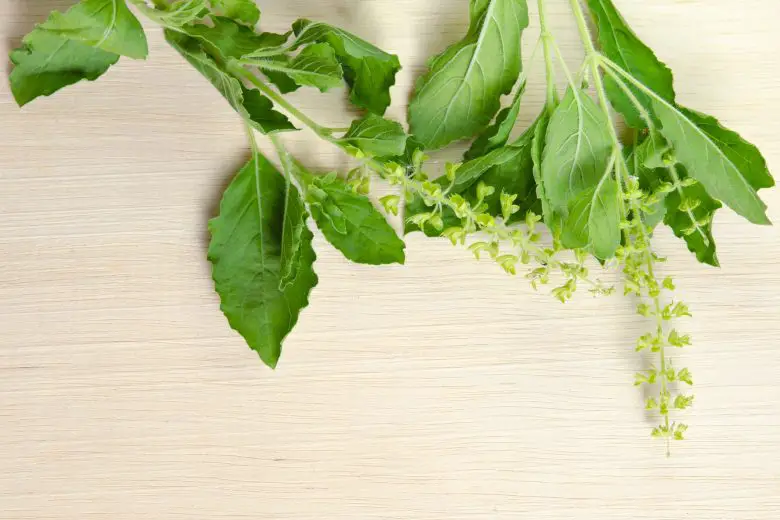
Fresh lemon basil leaves are highly aromatic and have a unique flavor, making them a versatile choice in the kitchen. The aroma of lemon basil leaves is fresh, citric and slightly spicy. The scent is intense and can be perceived immediately when you rub the leaves between your fingers. The flavor is very similar to the aroma, with a predominant note of lemon that blends with the freshness of basil.
Here are some recommended ways to use fresh lemon basil leaves:
- salad dressing: the leaves of this fragrant citrus basil can be chopped and added to salads to give a touch of freshness and perfume;
- sauces: fresh leaves are perfect for making sauces, such as pestoor as an additional ingredient in tomato-based or yogurt-based sauces;
- fish-based dishes: the lemon flavor of the leaves of this particular basil goes perfectly as a condiment for fish-based dishes, such as grilled salmon or pan-fried tuna;
- chicken dishes: the leaves can also be used to flavor chicken, such as grilled chicken or pan-fried chicken breast;
- drinks: the fresh leaves are excellent for flavoring summer drinks, such as flavored water or cocktails.
In general, the leaves of theOcimum basilicum citriodorum they can be used in a similar way to traditional basil leaves, but with an added lemon twist. It is important to use fresh leaves to ensure a more intense and aromatic flavour.

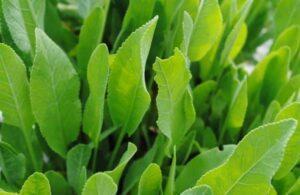
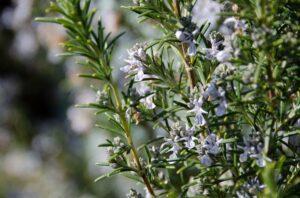
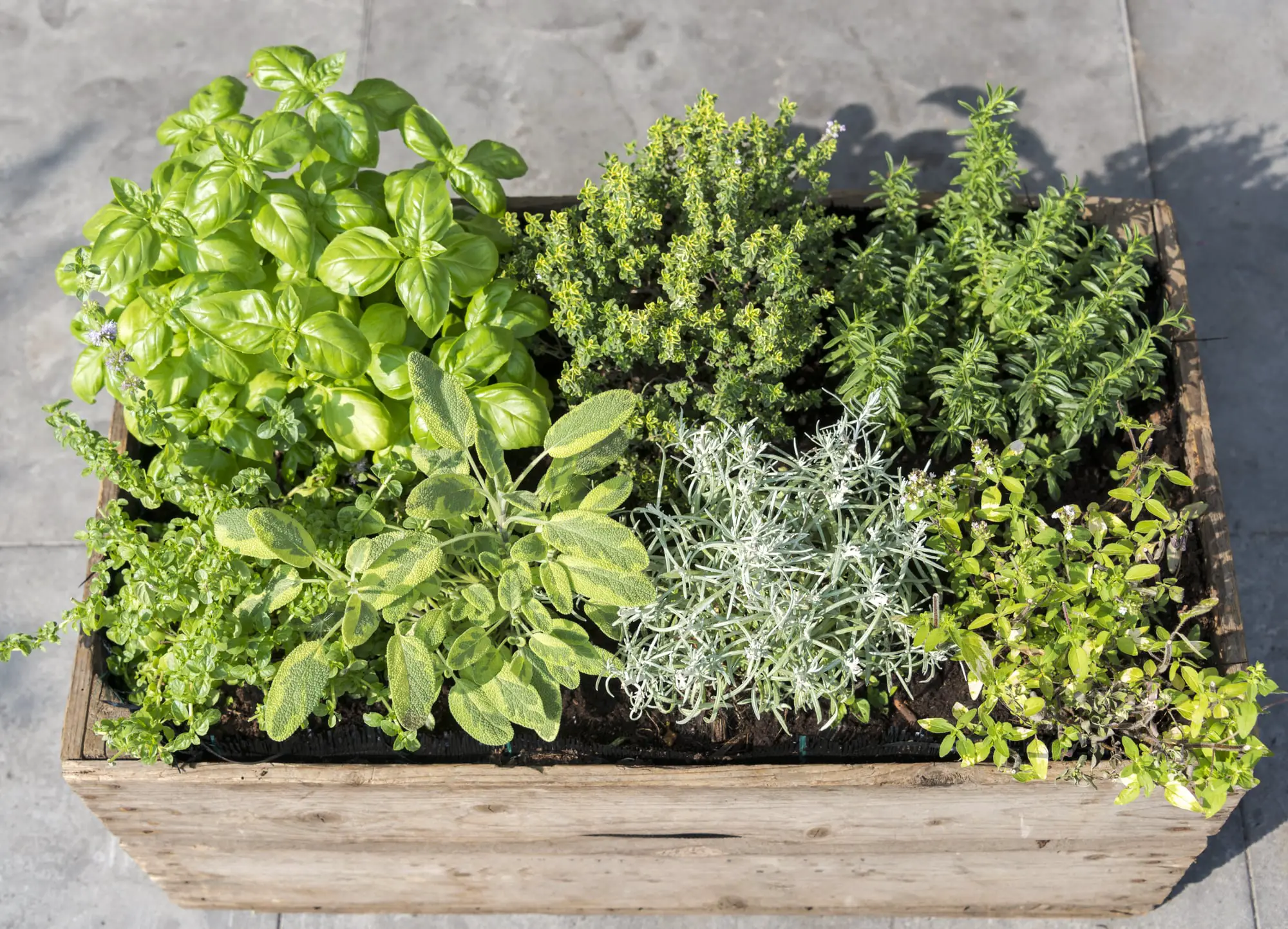
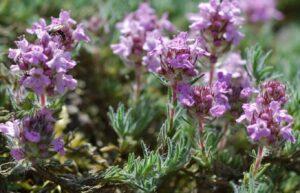
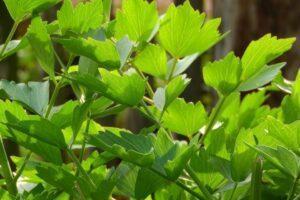
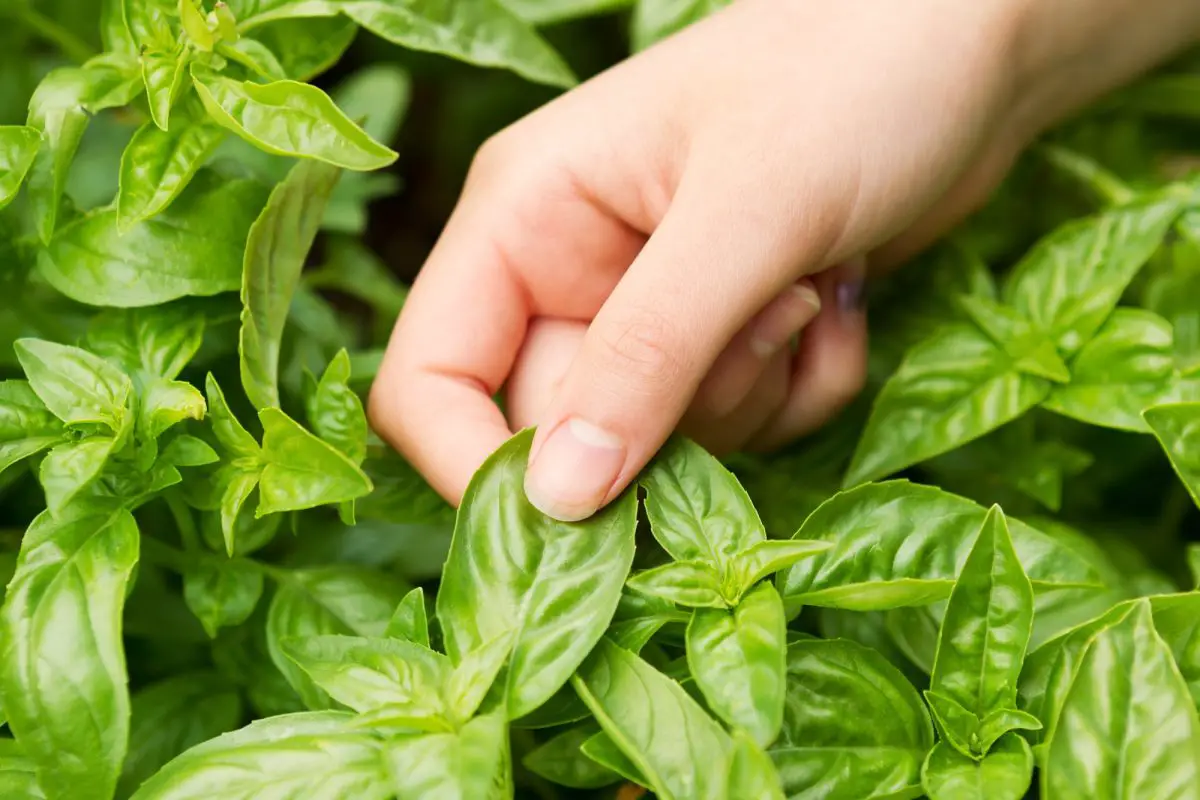
Start a new Thread